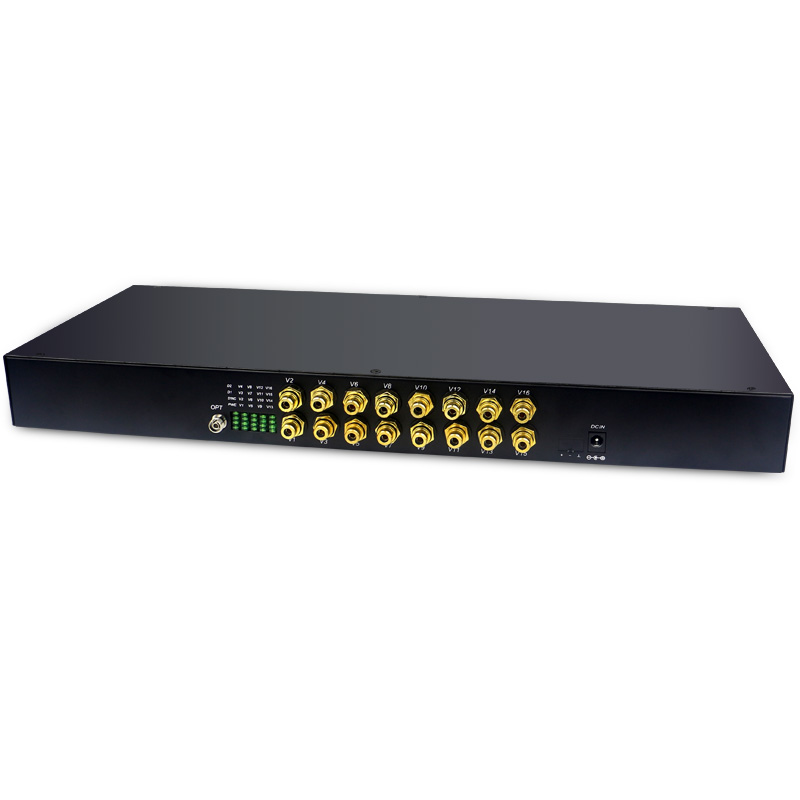

Security company ADT recently acquired CellBounce. The group said a startup CellBounce developed a product that can be installed near a 3G alarm in order to bounce that transmission onto a 4G network, thus bypassing the need for a complicated upgrade. In its filing, the AICC said the alarm industry has been working with both AT&T and Verizon for years to replace all the affected alarms – a daunting task, according to the group, considering it often requires skilled technicians getting into crawl spaces and other difficult-to-access locations in order to swap out modems in a process that can take up to three hours. "Unfortunately, it has become clear that the AT&T-imposed deadline cannot be met by the alarm industry due to the time lost during the ongoing COVID pandemic," wrote AICC. But AT&T plans to shutter its own 3G network even earlier, by February 22, 2022. After several delays, Verizon has announced a 3G sunset of December 31, 2022, "which the alarm industry is fighting to meet," according to AICC. Specifically, the group said around 2.4 million alarms connect to Verizon's 3G network, while 3.6 million connect to AT&T's 3G network. With 3G, though, the industry is struggling to deal with even more devices in an even shorter timeframe. At the time, the alarm industry operated approximately 2.4 million cellular-based radios," the group told the FCC in a filing earlier this month. "When the 2G network was sunset, service providers announced a 4-year transition period. The AICC explained that the alarm industry has experience in transitioning from one G to another.
#ATT FIBER BOX RED ALARM LIGHT PROFESSIONAL#
AICC is a part of the bigger The Monitoring Association (TMA), a trade association representing the professional monitoring industry.

Indeed, according to the Alarm Industry Communications Committee (AICC), such backups are sometimes required by insurance companies and are often "more reliable and higher-quality solution" than other options. Such gadgets often communicate with emergency personnel via wired networks, but also use wireless connections as a backup in case the location's primary connection has been damaged or is otherwise unavailable.

Installed by security companies like ADT, at issue are the alarms that monitor for things like fire, home invasions, medical emergencies and dangerous carbon monoxide levels. The shuttering of 3G will be "harmful, even deadly," according to the association, impacting "tens of millions of people in millions of homes, businesses and government installations due to a loss of central station alarm protection service."Īs a result, the group is asking the FCC to prevent AT&T from shutting off its 3G network until the end of next year. And a large portion of those devices might not work starting next year. According to the Alarm Industry Communications Committee, there are fully 6 million alarms installed in homes and businesses around the US that rely in part on the 3G networks operated by AT&T and Verizon.


 0 kommentar(er)
0 kommentar(er)
